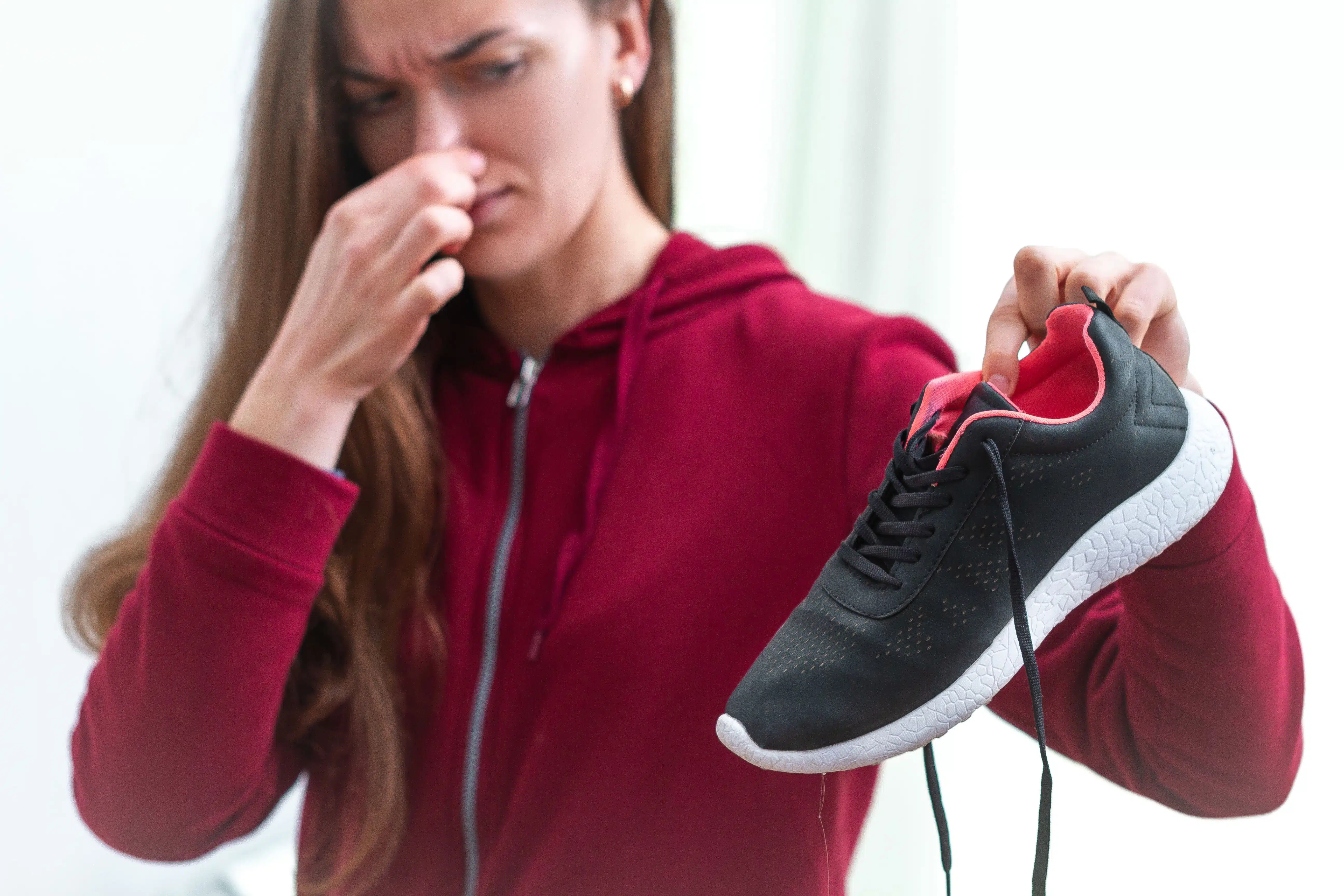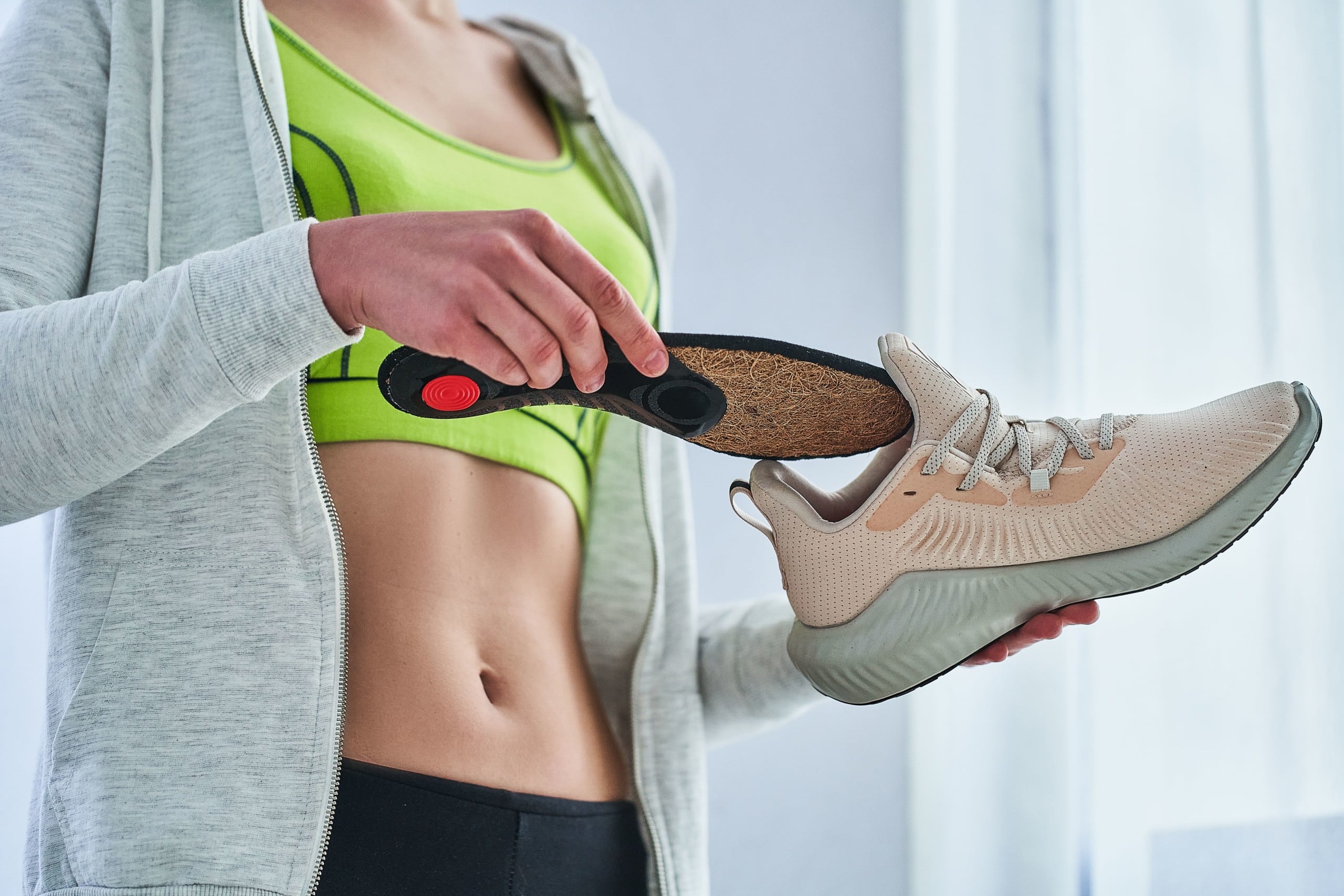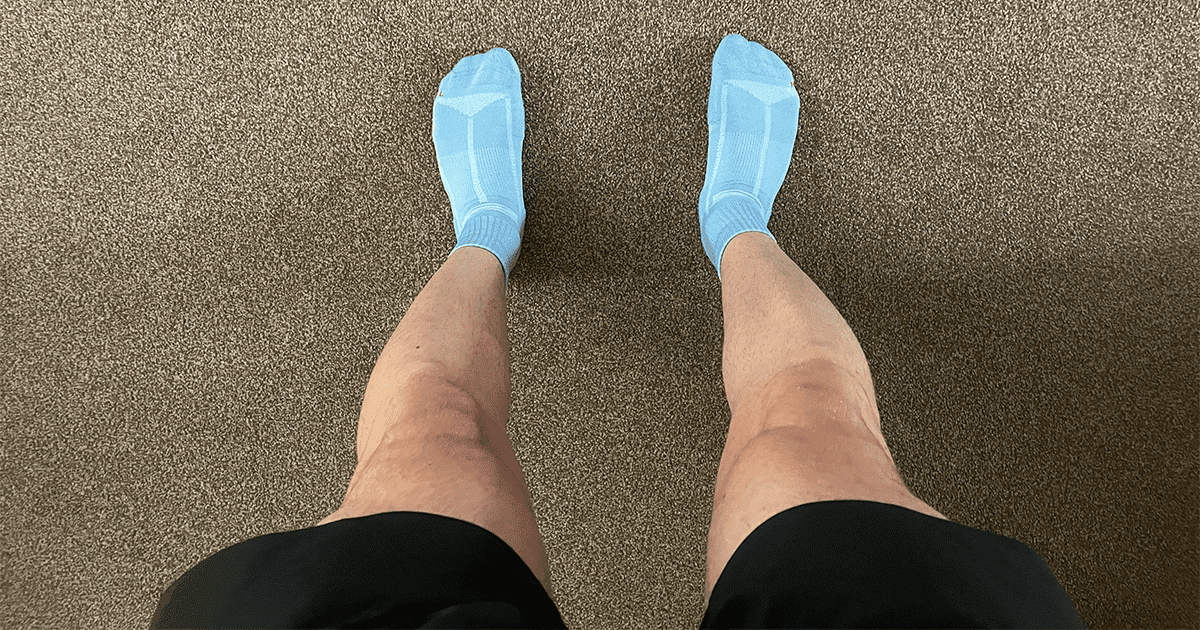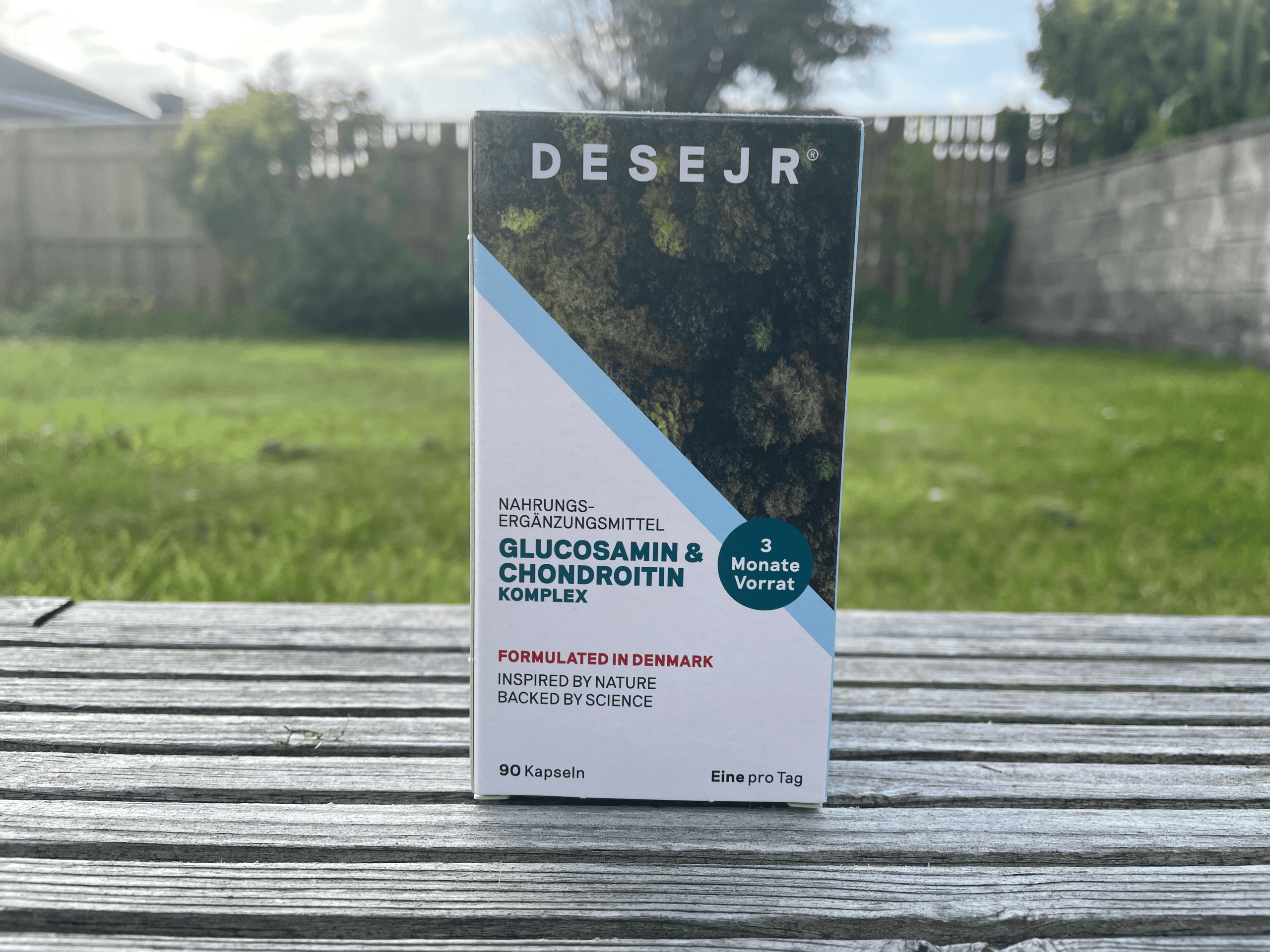Does running make you lose muscle?
A common question asked by many gym-goers and runners alike: does running make you lose muscle? Here’s what you need to know.
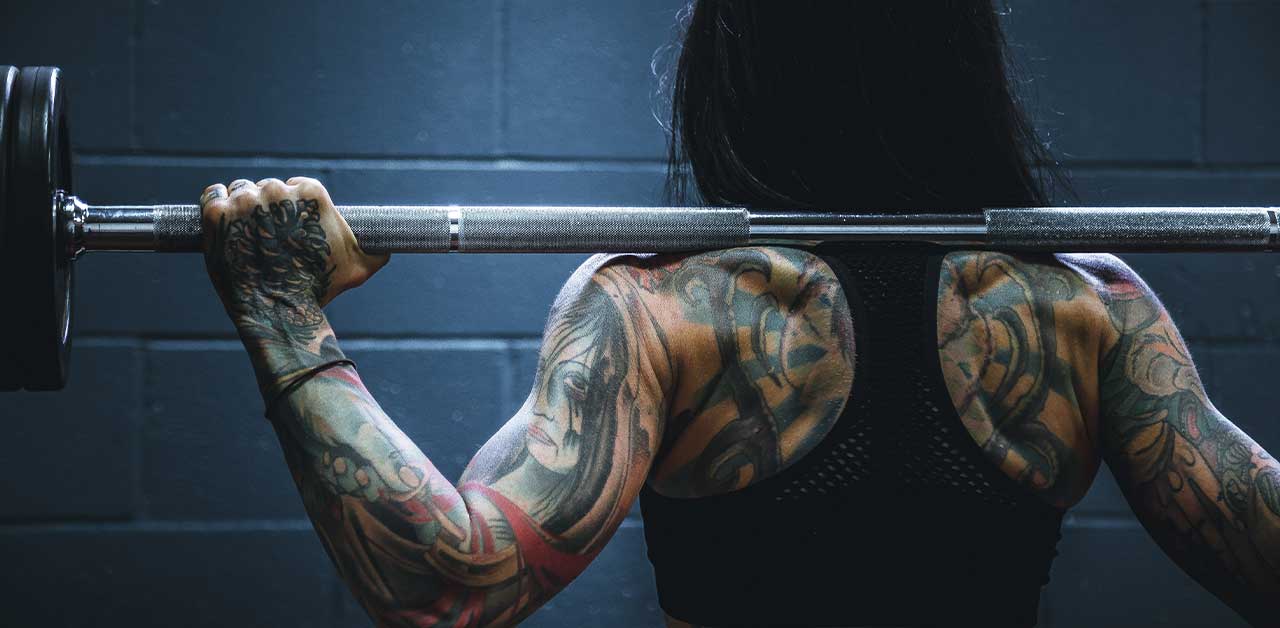
If you’re just starting out with running, perhaps considering adding running to your training routine, then a top concern may be whether or not you’ll lose muscle. If you currently strength train several times a week it’s understandable that you may be a little concerned. After all, you don’t want to undo your progress. So, does running make you lose muscle?
When you think of an elite runner, two appearances come to mind: the bulky and powerful athletic appearance of a sprinter and the lean aesthetic of a marathon runner. This contrasting look is often what confuses those starting out in the sport – posing many questions regarding body composition and muscle mass.
As with many diet and exercise-related topics, losing muscle mass from running is definitely possible. However, it’s a lot more complicated than this. Instead, this is determined by how often you train, how far you run, your diet, and your current strength training routine. If you don’t currently run and/or perform cardio then you’re missing out, even if you’re more into bodybuilding or the aesthetic look of weight lifting. Regular cardio, including running, is an excellent cardiovascular workout, working your heart, lungs, and body and improving your overall health.
So, with this in mind, this article will answer the following question: does running make you lose muscle?
Will running make you lose muscle?

As previously mentioned, muscle loss as a result of running is certainly possible, but there’s so much more to this question than a “yes” or a “no.” If your body has low energy stores, you’ll use more muscle protein for your training. Of course, this is also the case with other types of exercise, including strength training.
Each time you exercise, stress and damage are placed upon your muscles. However, alongside eating the right amount of calories, consuming a diet high in protein is essential. Adequate protein will not only ensure you retain muscle mass, but if your goal is to continue to grow, then this also supports your journey.
To prevent muscle loss when running it’s crucial to fuel correctly for your run, ensuring your body can tap into other energy stores before using muscle as its primary fuel source. This is more so the case for longer runs (more than 60-minutes). However, consuming plenty of carbohydrates and protein is the best way to prevent muscle-burning when running (or for any type of cardio).
Running can be super beneficial for those looking to lose body fat but also looking to retain or build muscle. Usually, this is a result of entering a calorie deficit (consuming/expending fewer calories than the base required amount). A small deficit allows you to burn fat and lose weight (if this is your goal). If you follow a traditional weight training program of bulking and cutting, running as your chosen choice of cardio helps you further enter this calorie deficit – allowing you to eat more food or speed up the fat loss regime.
It’s essential to tailor-make your own training plan and workout routine around your own personal goals. However, cardio should be a play a role in this, whether you are in a bulk or cut cycle.
Does running burn muscle or fat?
To further help you understand the question: does running make you lose muscle, it’s important to learn about the fat-burning process. Intense running (e.g. sprints or interval training) can help you to lose fat but will also help increase your muscle mass. Studies show that moderate-to-high intensity running can help to target fat loss, a component that is often associated with heart disease, type 2 diabetes and a cocktail of other health conditions.
If you are looking to lose weight, running burns more calories than many other forms of exercise, which is why it is such a popular option. Oh, it’s also a boatload of fun and widely accessible!
Top Tips to Avoid Losing Muscle While Running
Now that we’ve discussed the topic of fat and muscle loss, this next section will provide you with a few tips to help you avoid losing muscle when running.
Generally, there is a greater risk of muscle loss when training for longer distances, but there are still things you can do to avoid losing muscle while running. To build muscle, you want to keep your running sessions to a minimum, three or four times a week maximum. However, this isn’t essential so long as you maintain the correct diet and consume plenty of protein. Furthermore, ensure to recover after each run with a high protein snack and some carbohydrates to replenish those lost during training.
Before running longer distances, you may also want to consider taking BCAAs, also known as are branch chain amino acids. These help with protein synthesis in your body and can be found in many protein powders or as standalone drinks or supplements.
Prioritising the correct fuel for both your runs and your workouts is the best thing you can do not to lose muscle as a result of running. Often, if you find yourself losing muscle, or weight, if this is not your goal, then you may be consuming too few calories. While tracking calories is not essential, it is worthwhile to track the calories burnt during your run to at least replace these.
Does running build muscle?
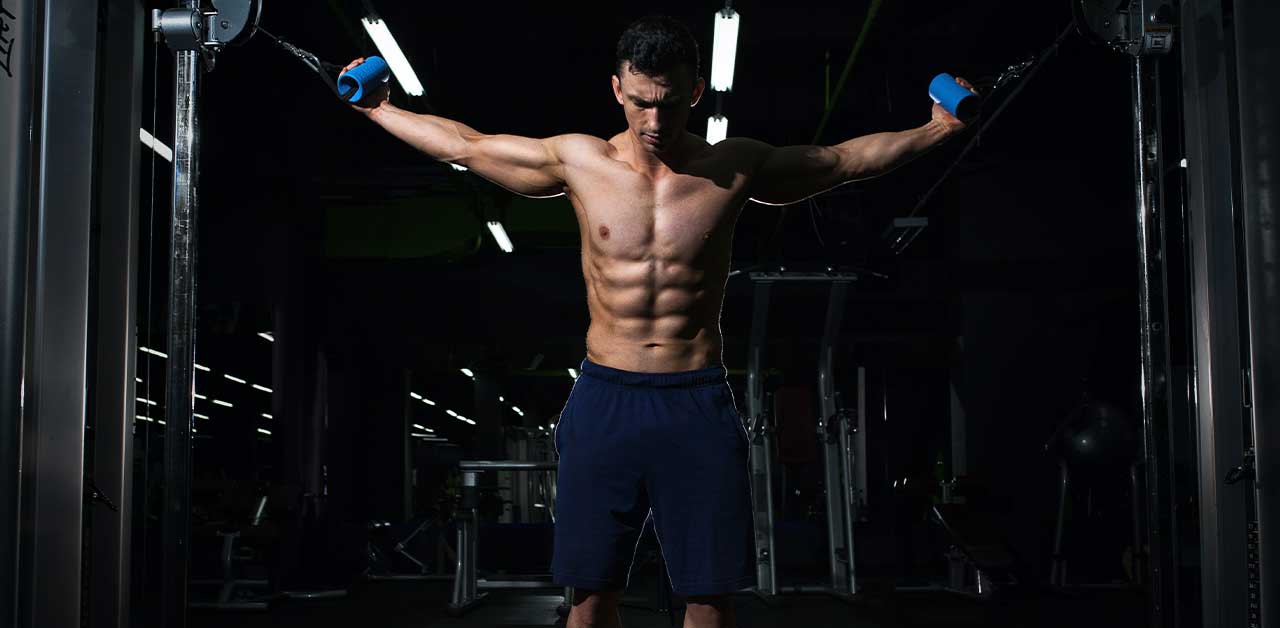
So, now that we’re discussed muscle loss, let’s flip the coin and discuss how running helps to build muscle.
For example, recent studies show that aerobic exercise can help to support your muscle growth and function. If you are adding running to your exercise routine to build muscle, there are certain things we recommend taking into account. Firstly, we don’t recommend running more than four days a week. Any more than this, and you increase the chance of losing muscle through your training. This will also allow you to recover and keep up with your strength training.
The stress that is placed on your muscles during running breaks down your muscles, which then forces them to recover and become stronger than they were previously. However, like every type of training, recovery is also needed to give your muscles the time they need to repair and become stronger.
Many runners are often guilty of overtraining, not knowing it’s too late until, well, it’s too late… later resulting in an injury or burnout.
Does running build leg muscle?
It likely comes as no surprise that your leg muscles are the most targeted muscle group during a run. Your calves, quadriceps, glutes, hamstrings, and hip flexors will be engaged in every stride you take, and they are what push you off the ground, increase speed, and change direction.
In our body, we have both slow-twitch and fast-twitch muscle fibres. Slow-twitch muscles are engaged during endurance-based (longer distance) runs, whereas fast-twitch fibres are activated during sprints and other faster efforts. The type of running you do (sprinting vs. long-distance) determines the look of your legs and body, with endurance running producing a leaner more defined look, and sprinting a more muscular and bulky look.
Also, every time you extend or lift your knee, the quadriceps are activated. However, the quadriceps muscles are engaged more during a short, fast run or when running up hills. On the other hand, long-distance running places less pressure on your quadriceps, and instead, your motion is driven by your hips.
Did you know that running up hills and performing hill sprints is an excellent way to train and build your calves?
Does running build arm muscle?
While you may think that running mainly engages your leg muscles, your arms are still a huge driver for your movement. Strong arms can help you run faster, but you may also need to add strength training into your workout routine to build arm muscle.
Stronger arms result in a more efficient stride and better movement. You’ll also find that your arms will likely become more toned the more you run. However, you can still build muscle in this area, so don’t worry but you’ll see little to no gains from running alone.
Can you get abs by running?
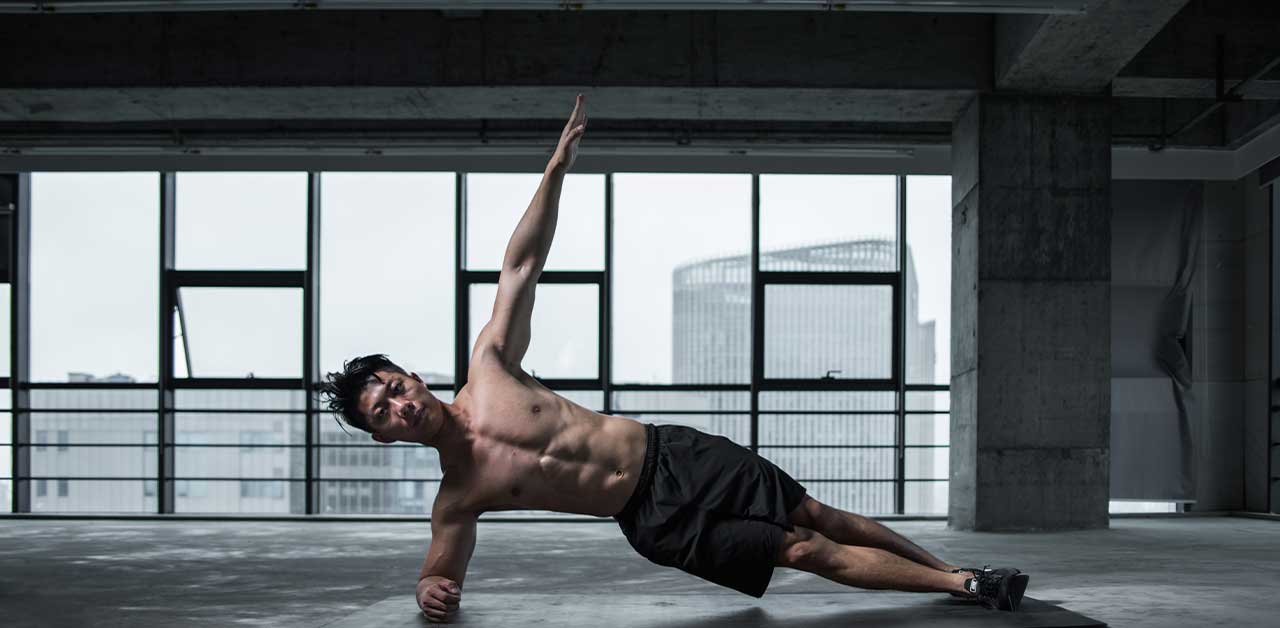
Finally, running can help you to lose fat around your abs, but running alone won’t give you abs. To begin with, you’ll need to hold the right amount of body fat where you’re abs are visible. While you can build a six-pack, you won’t be able to see it if there’s too much body fat covering your dream beach body.
As spot losing body fat (e.g. around one area of the body such as the stomach) is not possible, you’ll need to enter a calorie deficit to lose body fat overall. A small calorie deficit combined with ab exercises and ab training is how you’ll ultimately achieve that six-pack. However, it does take time, requires extreme patience, and determination, especially when it comes to your diet. After all, abs are made in the kitchen…
To conclude
With the correct diet in place, you will lose little to no muscle when running. However, this depends on your goals, whether you’re trying to gain muscle, lose fat, or maintain the same body composition.
Ultimately, it comes down to diet, so consume plenty of protein and ensure to eat the right amount of calories, especially if you run several times per week.

Matthew is a lifelong runner, chief tester of all products, the founder of Running101, and freelance content writer for active brands. When he’s not writing, he enjoys lifting weights, cycling in the Lake District, and watching fast cars drive in circles on a Sunday. He also has a BA in sport, exercise and physical activity from the University of Durham.

